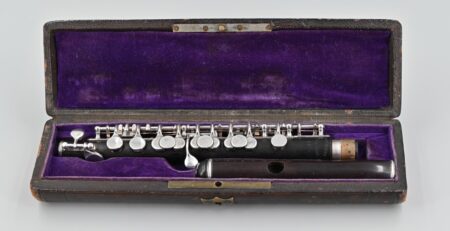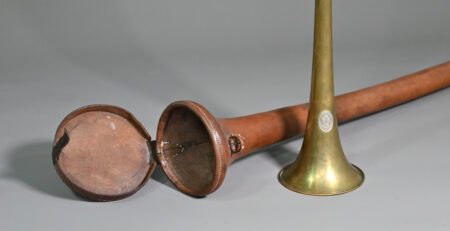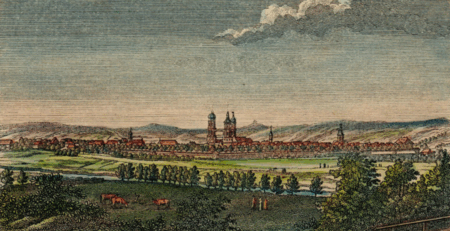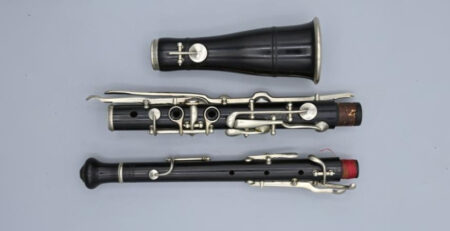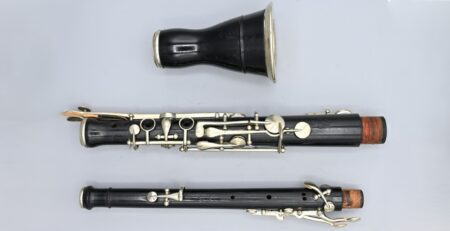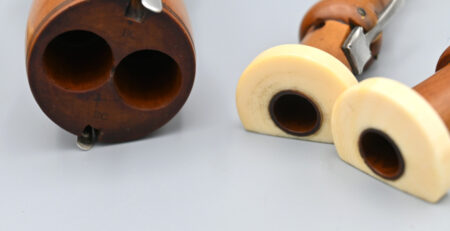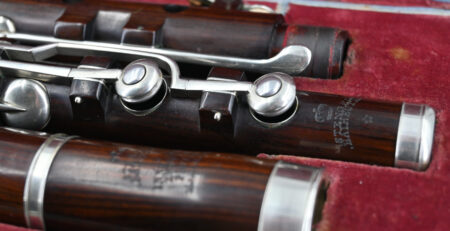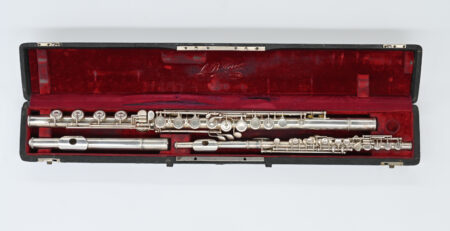Apprentice, journeyman, master – the apprenticeship model
We’ve all heard of apprentices and masters. The apprenticeship model is the journey towards mastering an art and becoming a master with the ability to teach others. But what is a journeyman? Read on to find out more about a journeyman’s life.
Guilds
Throughout history, most trades, such as carpentry, shoemaking or instrument making, etc. were operated by guilds. These guilds were established to regulate trade, provide benefits and privileges to their members and support and take care of the families of members following death. The craftsmen who were members of these guilds had to follow certain rules and had the privilege of being able to sell their goods or practise their craft within a specific geographical area. The guilds would also perhaps control prices, numbers of apprentices or working hours. It was thought that this would therefore maintain a high quality of work. Guild members who did not follow the rules would be fined or even banned from the guild.
Master & apprentice
Only a master craftsman was permitted to train apprentices and to continue on the craft. The master would take on an apprentice who would study and work under the master in order to learn the trade for maybe three to seven years. In Germany, for example, the father paid a fee to apprentice his son to a master. Sometimes the apprentice would be as young as 10 or 15 years old and would receive no remuneration for his work, just training and board and lodging. Apprentices were supposed to have ‘no baggage’: namely unmarried with no children and no debts or obligations. The apprenticeship period was a wonderful time for the apprentice to learn things first hand under the watchful eye of his master.
The journeyman days
Once the apprentice had fully learnt the trade, he would be promoted to the level of journeyman. This meant that he would travel from place to place to work for masters to learn from. This was called the Wanderjahre [wander years]. This tradition dates back to medieval times and is still active in France, Scandinavia and the German-speaking countries. The journeyman was not allowed to return home during this time…. no closer than 50 km. He took a small amount of money with him and should return with the same amount… no more! He had to travel for at least three years and one day. He would work for other masters in the guild in order to perfect his craft. He would have a Lehrbrief [certificate of apprenticeship] with him which documented the name of his father and the master who apprenticed him, together with the number of years of apprenticeship. He also carried a Wanderbuch [wander book] with him, which was a form of passport, with physical descriptions and pages to be stamped by local authorities, like the police for example.
A wonderful example in German of a Wanderbuch is the one that belonged to Johann Andreas MOLLENHAUER (1798–1871), the founder of the company Mollenhauer (Fulda, Germany). He had apprenticed as a turner and clockmaker. It documents his experiences between 1815 and 1822. During these seven years, he travelled over 4,000 kilometres before returning to Fulda to continue to make woodwind instruments.
It must have been a wonderful time for journeymen. They could see the world and learn more about their craft. It was also a perhaps dangerous time in terms of falling in love and having to leave… or leaving a child behind.
There is even the Franz SCHUBERT (1797-1828) song cycle from 1823 Die Schöne Müllerin [The Fair Maid of the Mill]. It’s about an apprentice miller and how he worked at a mill and fell in love with the miller’s daughter. It based on 20 poems by Johann Ludwig Wilhelm MÜLLER (1794-1827).
The masterpiece
To become a master, the journeyman would have to complete a masterpiece. Members of the guild would judge the masterpiece and he would pass or fail. Yet this stage between journeyman and master often lasted a long time. This was because the guilds limited how many masters could work in a given area. This reduced competition and ensured work for the guilds’ members. Often the journeyman would have to move to another place to work or wait until his master died in order to be appointed as master and have the right to have an own workshop, train apprentices or employ people. The rights of guild members would also be passed on to the next generation when they died. So, their children could also become apprentices too. The journeyman tradition was allegedly banned by the Nazis. Yet today in Germany, several hundred journeymen and now journeywomen belonging to the carpentry or joinery trades still continue on with their wander years.



